Forget screens: more details emerge on the mysterious Jony Ive + OpenAI device
New unofficial details hint at a neck-worn companion with a 2027 launch window

Concept image of what this Jony Ive + OpenAI collab AI device might look like. | Image credit — @BenGeskin (X)
He compares its size and elegance to the iPod Shuffle, and mentions one proposed use case involves wearing it around the neck. It will rely on built-in cameras and microphones to detect its surroundings, and will offload computing and display tasks to a connected smartphone or PC. Assembly is likely to take place in Vietnam, which Kuo says is meant to reduce geopolitical risks tied to China-based manufacturing.
This description is a bit at odds with the Wall Street Journal report that this device wouldn't be "something to wear on the body" in any form. However, I guess that depends on whether having something hanging from your neck can be considered as "not on your body."

Video credit — OpenAI
What will it look like, though?
An unofficial concept design based on Kuo’s description is already circulating, offering a first visual impression of what this device could look like. I'm including that image just to give a better sense of the device's potential design direction, but keep in mind that this is just one artist's interpretation and by no means an official take. With Jony Ive leading the effort, expectations are understandably high that the hardware will push boundaries in a way earlier attempts did not.
Mind-Chi Kuo on Jony Ive and Sam Altman’s AI device:
— Ben Geskin (@BenGeskin) May 22, 2025
• The current prototype is slightly larger than the AI Pin, with a form factor as compact and elegant as an iPod Shuffle.
• One of the intended use cases is wearing the device around the neck.
• It will have cameras and… pic.twitter.com/UvLrgx4Wh4
Skepticism ensues
That said, it's already very evident that the public is uncertain about where this is going. Devices like the AI Pin and Rabbit R1 have already tried to bring physical AI into our daily lives but failed to find a broad audience. They often felt more like experiments than essential tools, raising the question of whether people really want standalone AI gadgets.Even so, the push toward physical AI is gaining momentum. Kuo suggests that OpenAI’s public reveal of the project may have been strategically timed to shift attention away from Google I/O, where Google showcased deep AI integration across its products. It's a reminder that OpenAI still has work to do in building a hardware ecosystem.
The idea of a minimalist, AI-powered companion is exciting on paper. I think that its potential to succeed, where others fell short, might depend on whether Jony Ive’s design vision can turn curiosity into real demand.
Follow us on Google News



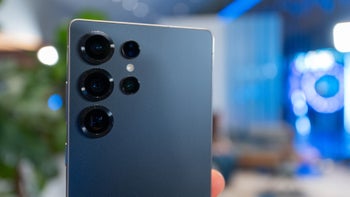


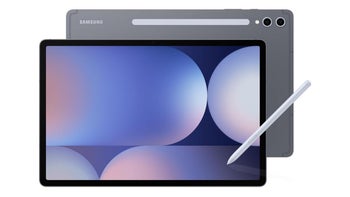
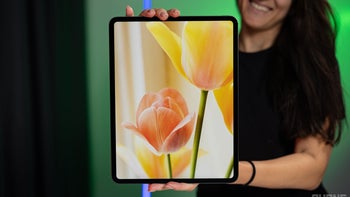
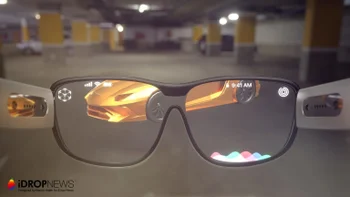

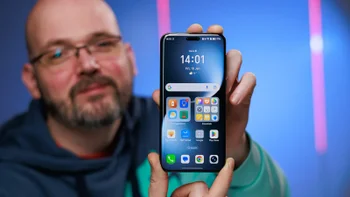
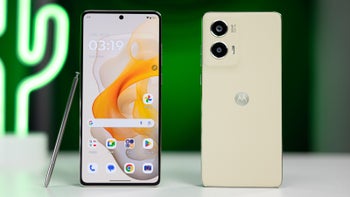
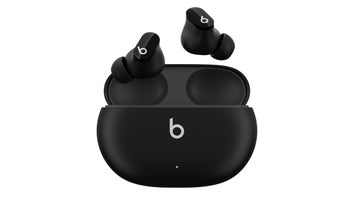

Things that are NOT allowed:
To help keep our community safe and free from spam, we apply temporary limits to newly created accounts: